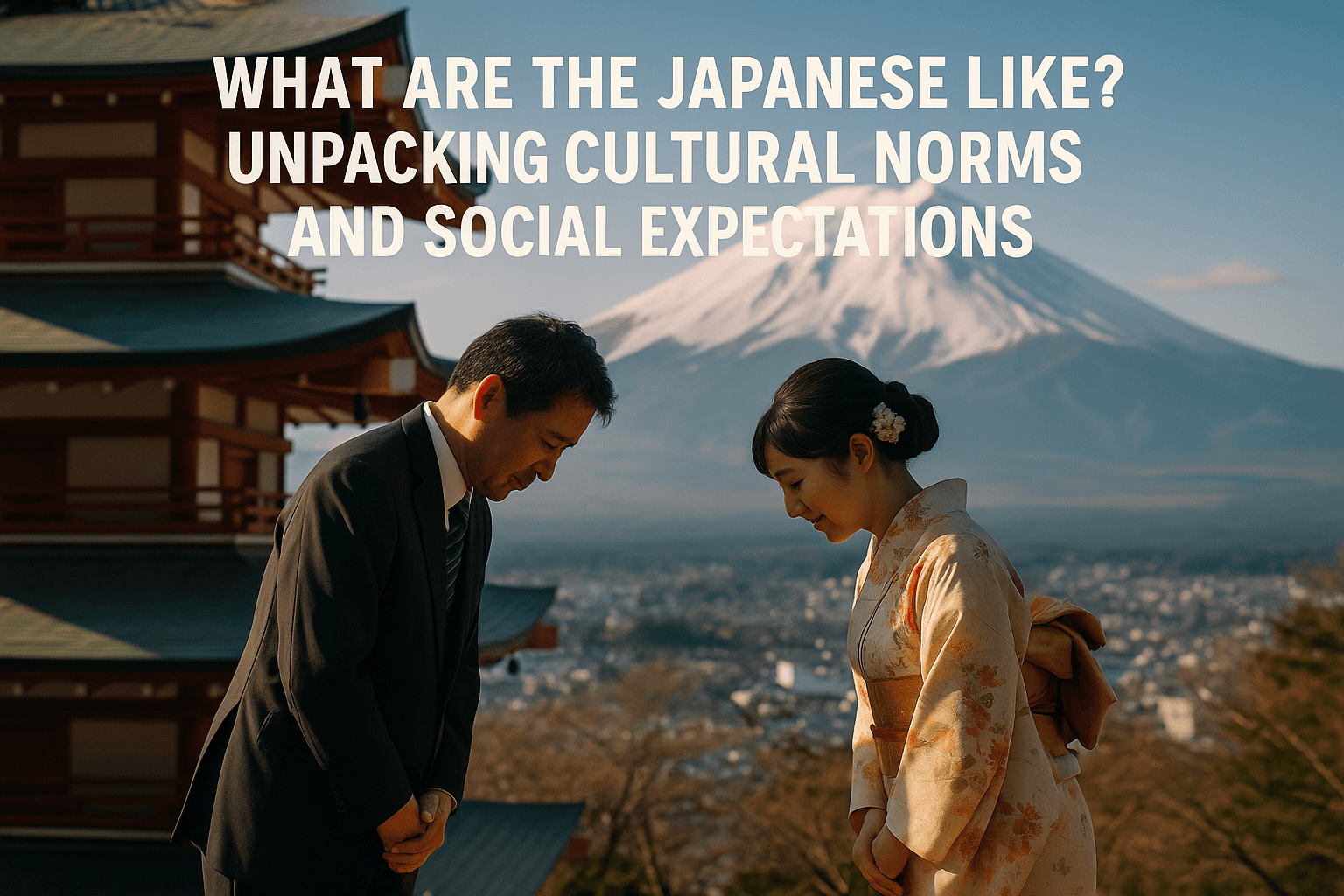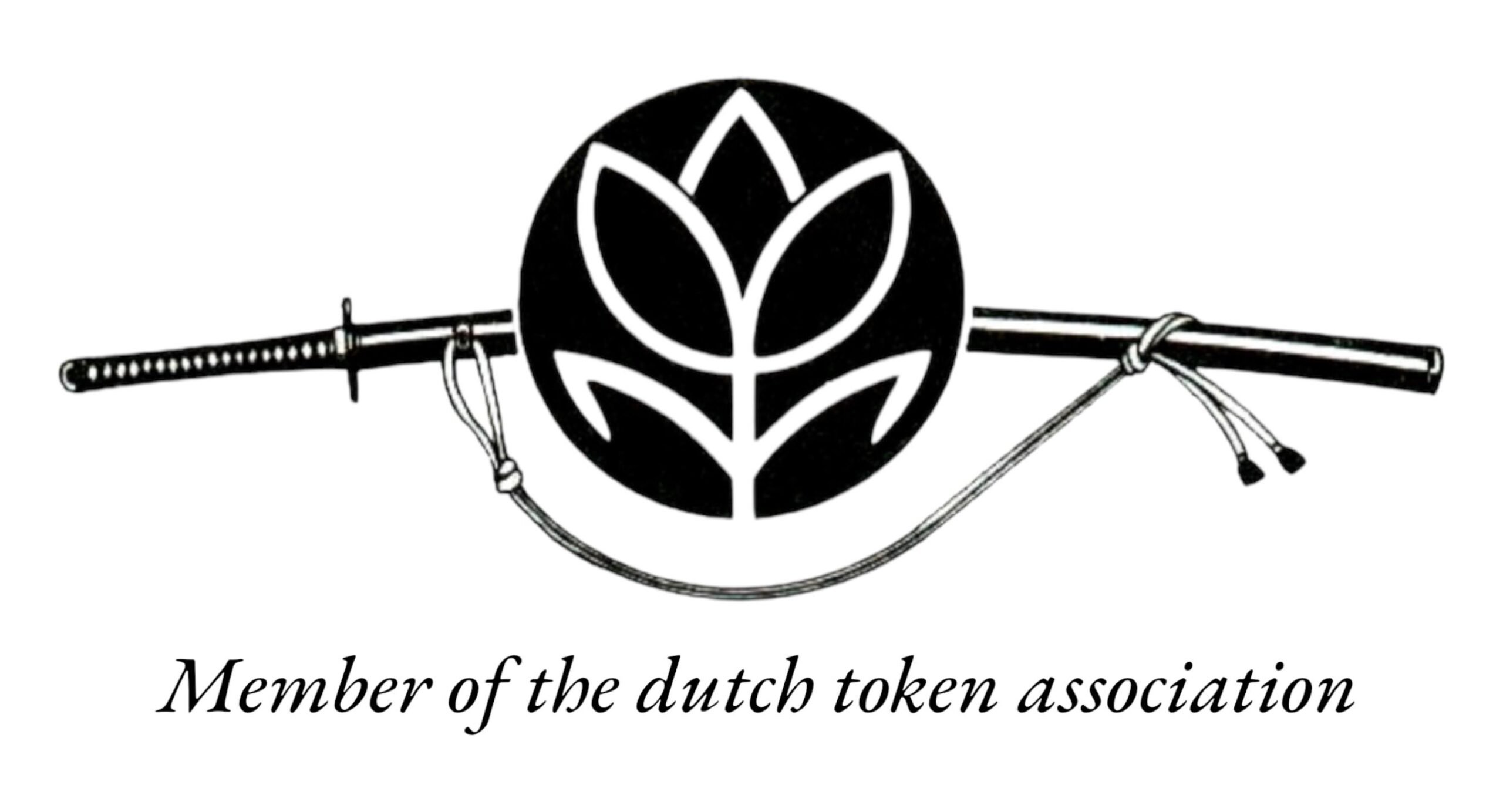Introduction: The Nature of Politeness
In Japan, politeness is more than good manners. It is a way of being. Rooted in centuries of tradition, it shapes daily life, guiding speech, action, and silence.
Respect for others—known as “sonkei”—sits at the center. This respect flows through hierarchy, age, and social setting. Words are chosen carefully. Gestures are measured and deliberate.
Restraint also plays a deep role. Thoughtfulness is valued more than loud confidence. Pausing before speaking, listening before acting—these show strength in Japanese society.
Together, these values form a quiet code of conduct. Politeness is not just proper—it is essential, holding people together with invisible threads of harmony and grace.
Group Harmony: The Power of Wa
In Japan, harmony is not a choice. It is a duty. This principle is called wa.
Wa is more than getting along. It is a quiet agreement to value the group above the self. It lives in business meetings, in classrooms, in family dinners. Everyone plays their part to maintain balance.
Open conflict is rare. Disagreement is subtle. One learns to read between the lines. Often, what is not said matters most.
Consensus matters. Before decisions, long discussions ensure all voices are heard. Even if they aren’t loud. Once consensus is reached, unity follows.
This does not mean everyone agrees. It means everyone commits to the same path.
Wa shapes identity. It teaches restraint, patience, and respect. It guides behavior even when no one is watching.
To an outsider, it may seem stifling. But within, there is freedom. The kind that comes from trust in others.
In wa, each person supports the whole. Like stones in a garden. Still. Strong. Together.
Social Etiquette: Form Over Feeling
In Japan, social interaction is a practiced art. Etiquette is not just polite behavior—it is structure, a shared rhythm.
A bow is more than a greeting. The angle, the duration, the context—they all speak. A slight nod for casual encounters. A deeper bow for apologies or gratitude. Movement communicates place in the social order.
Speech follows form too. Honorifics are not optional. They shape the tone and direction of a conversation. Words like san, sama, or sensei uphold a respectful distance.
Business card exchange—meishi koukan—is a quiet ceremony. Cards are presented with both hands. The giver bows. The receiver studies the card carefully, then responds. Folding or pocketing it without pause is rude. The card stands in for the person. To disregard it is to disregard them.
Shoes off. Slippers on. Lines formed. Voices lowered. Everyday life follows patterns. These patterns reduce friction. They provide clarity. Everyone knows their role. Missteps are met with grace, but rarely repeated.
It is not about suppressing feeling. It is about placing form before feeling. When form is honored, respect is felt. Order is maintained. Harmony grows.
Communication: Reading the Air
In Japan, communication often speaks loudest when nothing is said. Words matter, but silence carries weight.
“Reading the air,” or kuuki wo yomu, means sensing unspoken feelings. It’s understanding what’s appropriate without being told. A glance, a pause, a small shift in tone—each cues the listener to adjust in real time.
This sensitivity creates harmony. Instead of assertiveness, there’s attentiveness. Instead of blunt clarity, there is shared awareness. People speak through gestures, timing, and the space between words.
In this context, directness can seem rude. Too many words may cloud the mood. Silence, on the other hand, can say “I understand,” “I disagree,” or simply “I’m listening.”
To communicate well in Japan, observe first. Listen deeply. Watch faces, body language, mood. Speak when it’s time, not just when there’s something to say.
True understanding isn’t always spoken. It’s felt. That’s how you read the air.
Work Ethic: Duty Before Desire
In Japan, work is not just a task—it is a vow. Employees often view their role as a duty to the company, not a mere means to a paycheck. This sense of obligation is deeply rooted in Confucian values and post-war collectivism.
Hierarchy shapes every workplace. Age and tenure command respect. Decisions flow from top to bottom. Silence is not passive; it signals thought, not disengagement.
Loyalty is earned through time, not titles. Workers stay with one company for life, not out of habit, but from a commitment to the group. Individual ambition yields to collective success.
Perseverance is a virtue. The word “gaman” reflects this—enduring hardship with patience and dignity. Complaining is rare. Sacrifice is expected.
This is a culture where showing up means more than being present. It means being prepared, consistent, and focused. There is pride in doing the quiet, necessary work.
Desire does not drive action. Duty does.
Emotional Reserve: The Private Heart
In Japan, emotional control is a practiced art. Feelings—whether joy, grief, anger, or affection—are often kept inward. This restraint is not a suppression but a gesture of respect. It protects the peace of the group. It allows space for others.
From childhood, people learn that outward emotion can ripple through a room. It may burden others. It may disturb wa, the harmony that binds relationships. So many choose quiet strength. A bowed head instead of raised voices. A soft smile in place of loud laughter.
This does not mean the heart is empty. Only that it is private.
In daily life, emotions are expressed subtly. Through silence. Through a gift of seasonal fruit. Through acts of care rather than declarations. Intensity lives beneath the surface, contained but not diminished.
There is beauty in this balance. Emotion, held with grace, becomes deeper. More enduring. A strength that does not need to show itself to be felt.
Tradition Meets Modernity
In Japan, the past walks beside the future. Wooden shrines stand quiet among steel skyscrapers. Monks chant near vending machines that serve hot coffee. This is not contrast. It is harmony.
Tea ceremonies still follow centuries-old form. At the same time, robotic arms prepare meals in city kitchens. A kimono may be worn on a bullet train that moves faster than the wind. Neither feels out of place.
Tradition here is not decoration. It is the foundation. It shapes how people bow, speak, and share space. It teaches awareness—of rhythm, of respect.
Innovation does not erase what came before. It listens. It learns. It refines. From calligraphy to code, each stroke has meaning.
In Japan, the new and the old do not compete. They breathe together. This balance is not accidental. It is designed. Carefully. Deliberately.
Conclusion: Still Waters, Deep Culture
Beneath Japan’s quiet surface, there is movement. Not loud, but deep. Its culture speaks softly—through form, through tradition, through pause. Harmony guides action. Restraint holds power.
To know Japan is not to see all at once. It is to sit, listen, and return. Layers emerge slowly, like mist clearing from a mountain.
Stillness is not emptiness. It is presence. A society shaped by balance. By respect. By unspoken rules that carry generations within them.
Here, silence has weight. Beauty has purpose. Even the smallest gestures tell a story.
What seems calm is not simple. It is deliberate. It is cultural depth, waiting to be understood.





